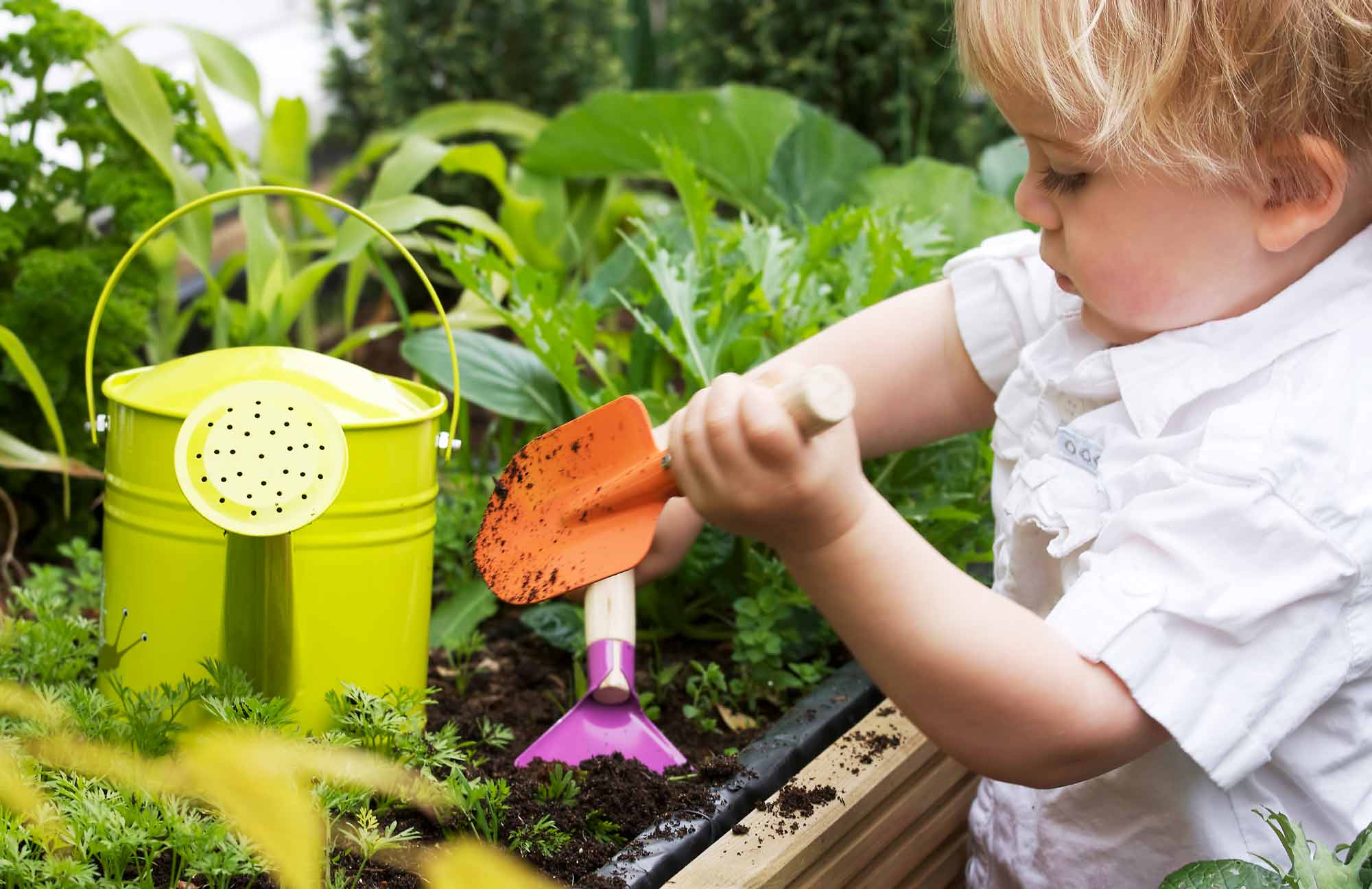Squash and Pumpkins
In this lesson, children will gather observational data about a variety of squash and pumpkins and explore what is inside of these vegetables.
Content Area:
Curiosity and Wonder
Learning Goals:
This lesson will help toddlers and preschoolers meet the following educational standards:
- Understand that living things grow and change
- Explore the physical properties of objects
Learning Targets:
After this lesson, toddlers and preschoolers should be more proficient at:
- Observing, investigating, describing and categorizing living things
- Showing an awareness of changes that occur in themselves and the environment
- Identifying, describing and comparing the physical properties of objects

Squash and Pumpkins
Lesson plan for toddlers/preschoolers
Step 1: Gather materials.
- Squash/Pumpkins in a variety of colors and sizes
- Spoons
- Chart Paper
- Knife (for adult use to open squash/pumpkins)
Note: Small parts pose a choking hazard and are not appropriate for children age five or under. Be sure to choose lesson materials that meet safety requirements.
Step 2: Introduce activity.
- During a large-group time, discuss that we will be exploring squash and pumpkins today.
- Invite the children to share what they know about squash and pumpkins.
- Write down the children’s ideas on chart paper.
- Show two or three different squash or pumpkins and invite the children to describe them.
- Invite the children to make comparisons about the different squash or pumpkins.
- Let children know that we will be examining these further in small groups.
Step 3: Engage children in lesson activities.
- In small groups of 3-5 children, invite the children to make comparisons between all squash and pumpkins.
- Lead children in a brief discussion about how they think the squash and pumpkins grew and what they needed to grow to the size they are.
- Ask the children: “Why are they different sizes? Why are they different colors?”
- Invite the children to make predictions about what might be inside of the squash or pumpkins.
- Vote on two squash or pumpkins to open.
- Using a knife, have an adult open the squash or pumpkins.
- Let the children scoop out seeds and discuss what they find.
- Invite the children to share what they found out during this activity, and write down their thoughts and conclusions on chart paper to display within the classroom.
Note: save the squash and pumpkins to cook with the children. Soups are an easy way to cook with these vegetables.
Step 4: Vocabulary.
- Compare—To identify the similarities or differences between two objects
- Predict—To guess what might happen next
- Conclude—To make statements of what was learned after an observation or experiment
Step 5: Adapt lesson for toddlers or preschoolers.
Adapt Lesson for Toddlers
Toddlers may:
- Have emerging vocabulary to make comparisons between several items
Child care providers may:
- Prompt children’s language use by asking simple questions about comparisons between two squash or pumpkins
Adapt Lesson for Preschoolers
Preschoolers may:
- Want to document the experience by drawing what they learned
- Begin to make rules about objects based on physical properties
Child care providers may:
- Provide paper and drawing materials and invite the children to draw what was inside the squash or pumpkins
- Discuss relationships between sizes or colors of squash and pumpkins and sizes and shapes of seeds
Suggested Books
- Seed, Sprout, Pumpkin, Pie by Jill Esbaum
- It’s Pumpkin Time! by Zoe Hall
- Sophie’s Squash by Pat Zietlow Miller
Music and Movement
Outdoor Connections
Visit a pumpkin patch, community garden or farmers market in the fall to pick out squash or pumpkins to use in this activity. Consider planting a school garden ahead of time to grow these vegetables.
Comment on this lesson